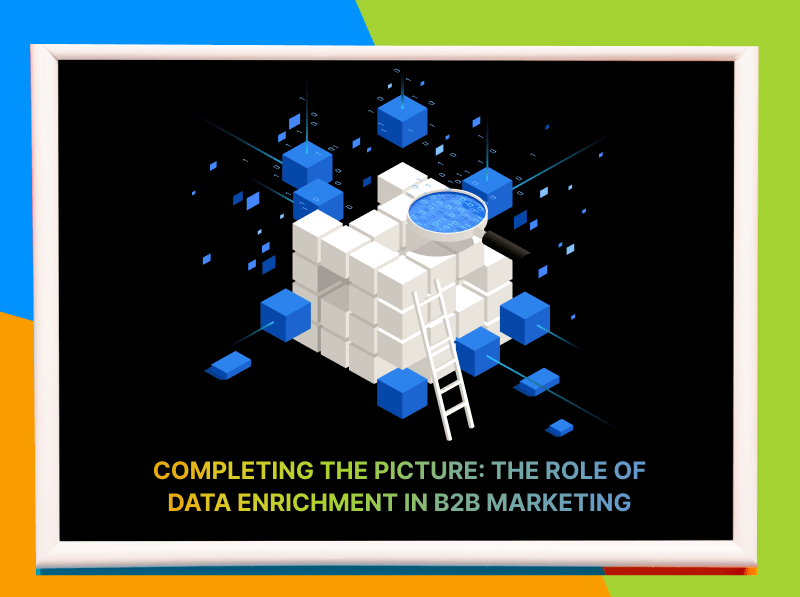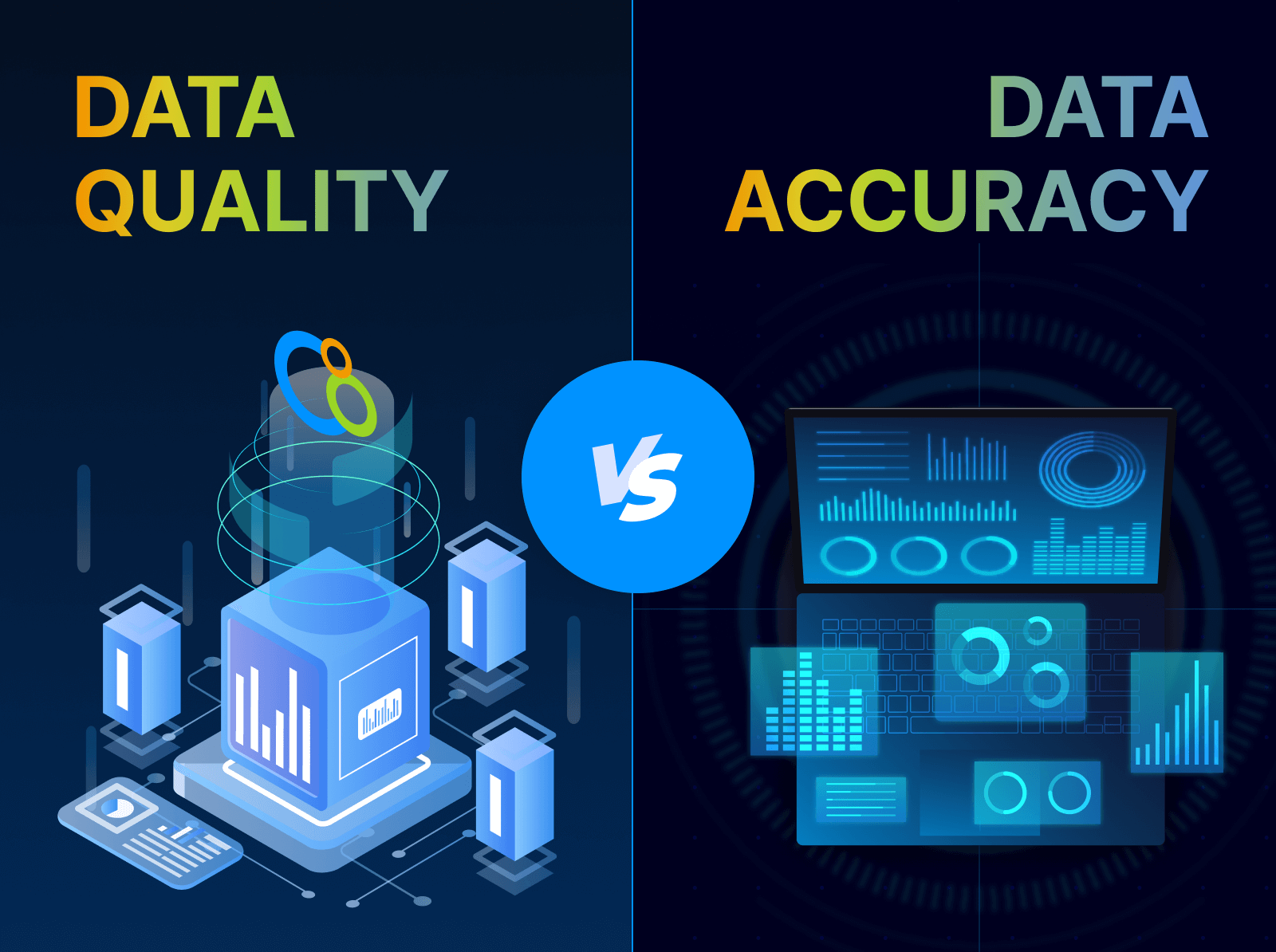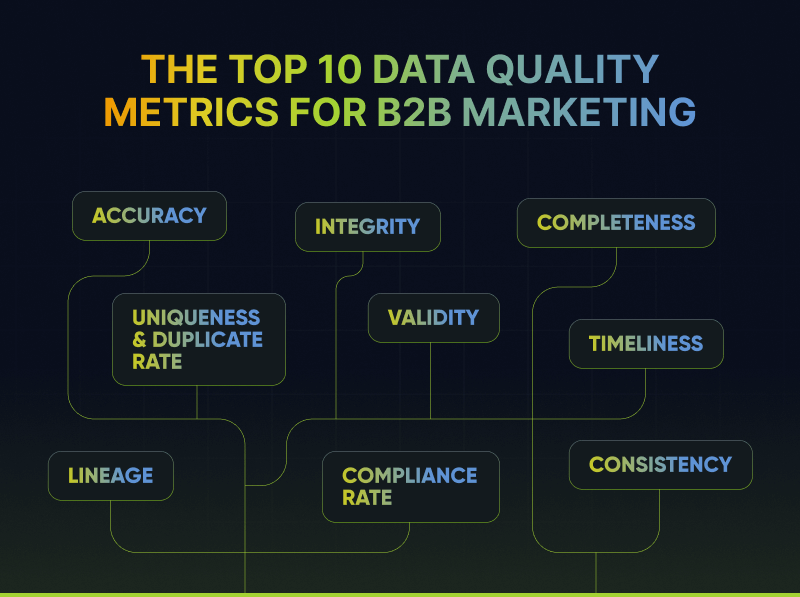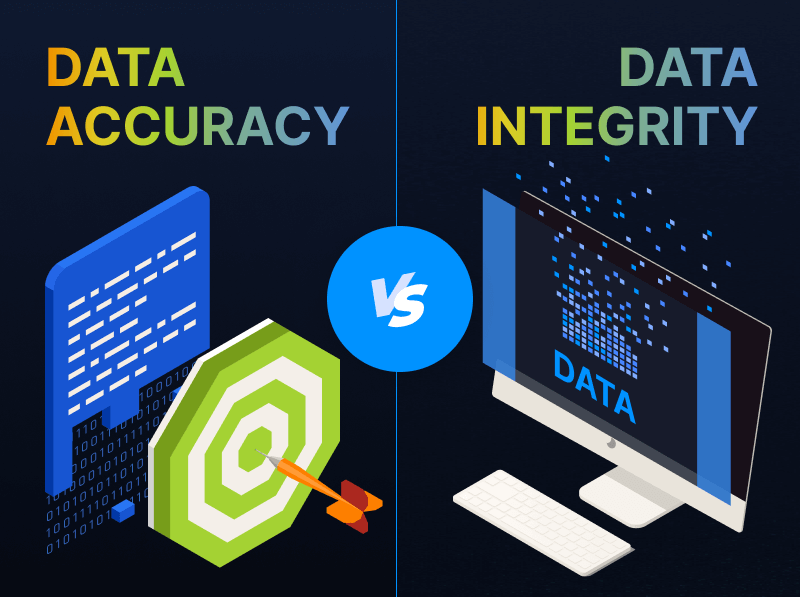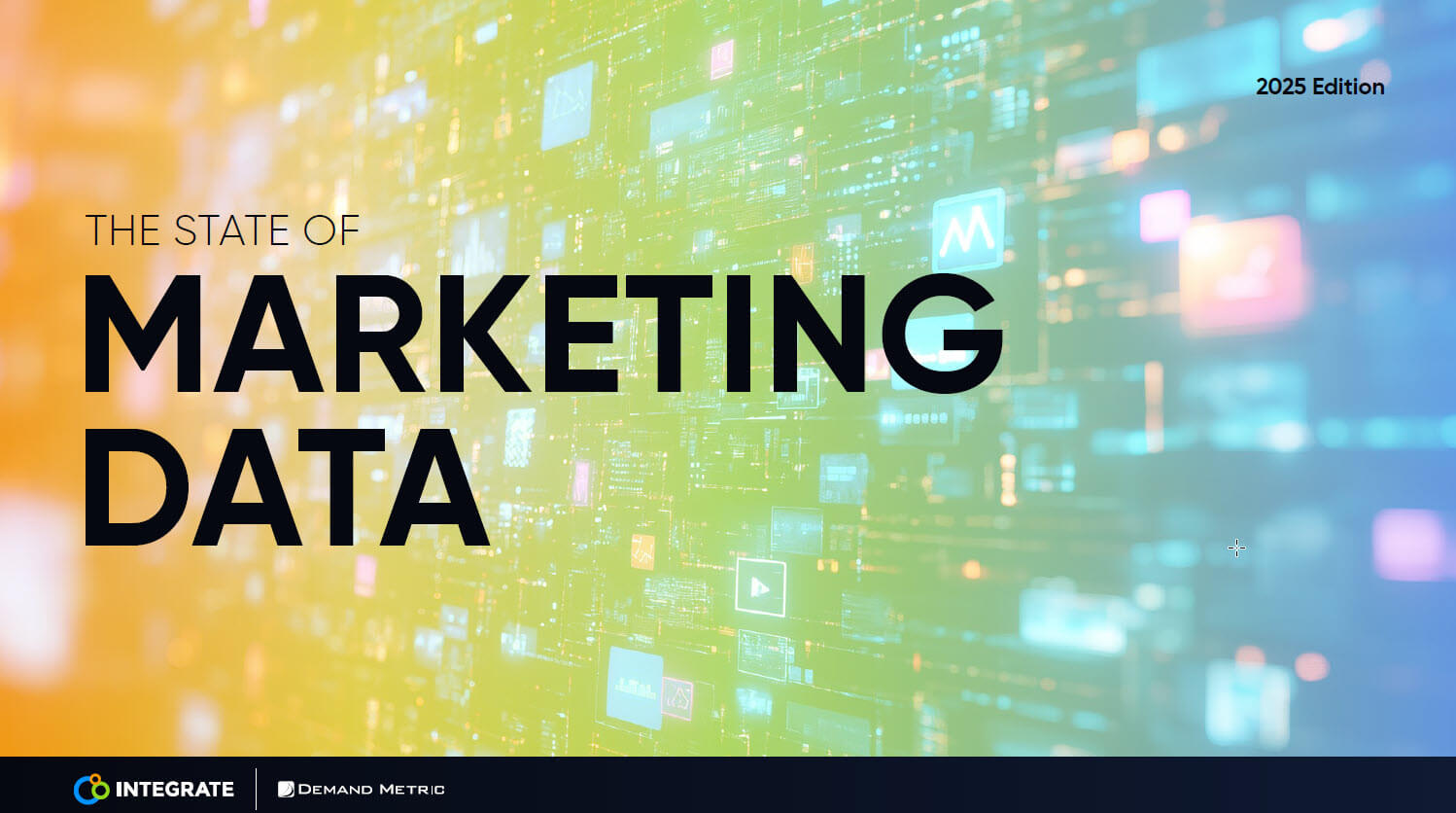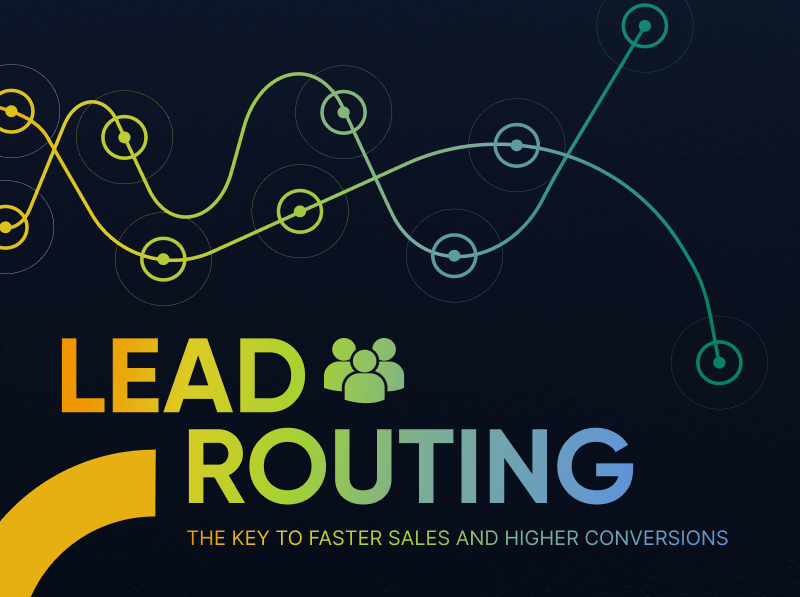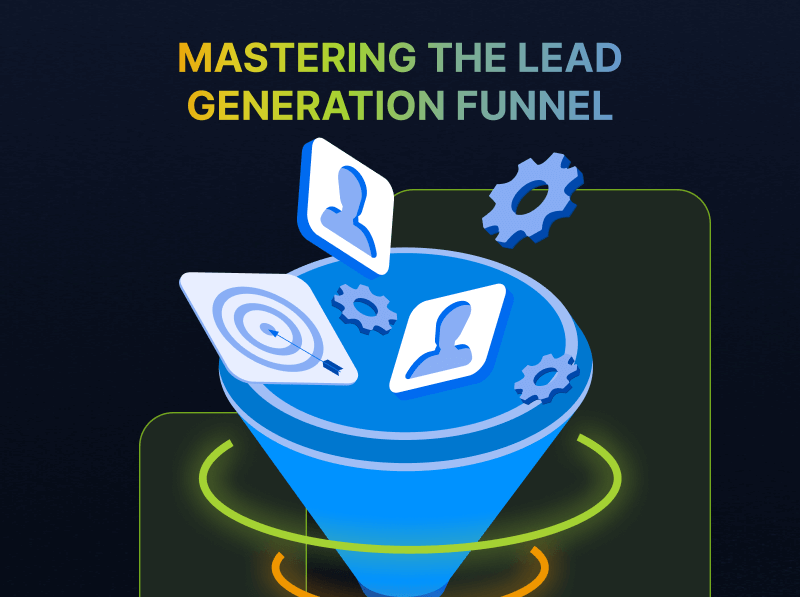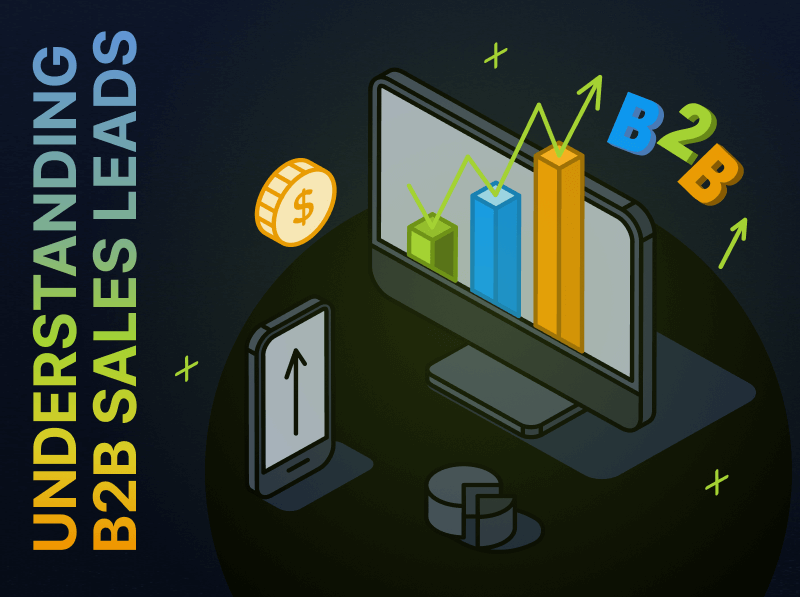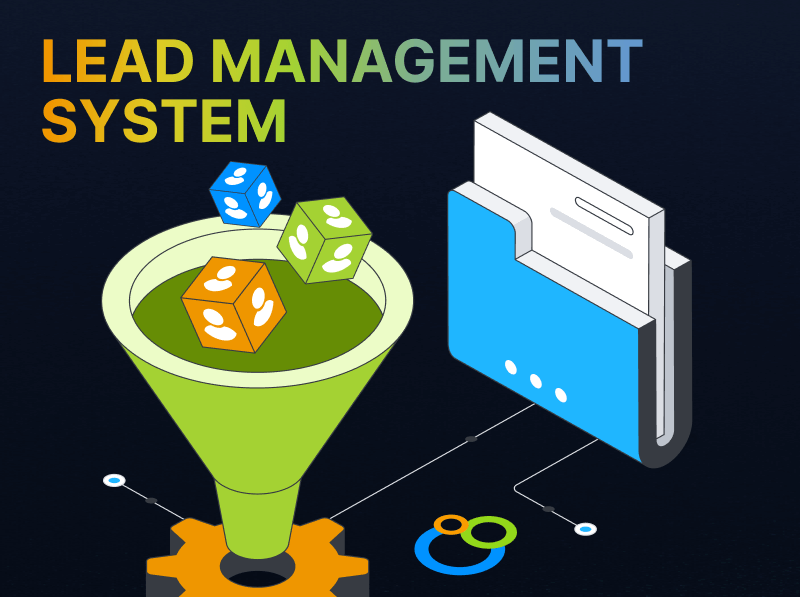Completing the Picture: The Role of Data Enrichment in B2B Marketing
We’ve all been there. You work hard on a puzzle, you’re thrilled as the image starts to take form, but you get to the end with a big hole in the picture because of course there are lost pieces. Lead management can feel like this, you start with some pieces but the full picture is incomplete. By enriching your data, you can fill in missing fields, add demographic or firmographic information, and improve data quality. This helps marketing and sales teams make better decisions, improve targeting, and drive higher ROI.
What Is Data Enrichment?
At its core, data enrichment involves merging your existing records—your leads, contacts, or other first-party data—with additional details from a variety of data sources such as public databases, social media platforms, or third-party providers. For example, let’s say you have a lead in your system with only a name, email address, and phone number. With data enrichment, you might pull in extra fields like the individual’s job title, company size, industry, and social media profiles to better understand their potential.
Why It Matters
By enriching your records with additional data, you can enhance their completeness and unlock deeper insights that drive better decision-making and marketing campaigns. This process allows businesses to gain a more holistic view of their customers, improving segmentation, targeting, and overall engagement strategies. Enriched data enables businesses to craft more targeted and relevant messages, improving personalization and making marketing efforts more effective. It also accelerates lead qualification by adding firmographic or technographic details that help identify high-value prospects more quickly. Additionally, companies leveraging enrichment can optimize their Account-Based Marketing (ABM) initiatives, ensuring they build accurate buying group segments with deeper insights. Maintaining data quality is another critical advantage, as regular enrichment keeps databases fresh and clean, ultimately reducing wasted budget on bad leads.
What Kind of Data Can Be Enriched?
Data enrichment involves supplementing your existing data with additional details to create a more complete and actionable dataset. Enriched data generally falls into two categories: 1. additional information about the lead and 2. additional information about the company the lead works at. The types of data that can be enriched vary depending on business needs, but some of the most common categories include:
- Firmographic Data: Includes company size, revenue, industry, location, and other company and business-related details to help segment and prioritize leads.
- Demographic Data: Provides insights into job title, seniority, education, and other personal attributes to refine targeting and messaging.
- Technographic Data: Identifies the technology stack and tools a company is using, allowing for more strategic outreach to businesses with specific software or platforms.
- Behavioral Data: Tracks interactions such as website visits, content downloads, email engagement, and purchase history to enhance lead scoring and nurture campaigns.
- Geographic Data: Adds location-based insights, helping businesses tailor their marketing to specific regions or territories.
- Intent Data: Captures signals indicating purchase intent, such as content consumption patterns and engagement with competitor offerings, to identify high-value prospects.
- Contact Data: Ensures accuracy and completeness of essential contact details like phone numbers, emails, and LinkedIn profiles to improve outreach efficiency.
By enriching these data types, businesses can improve segmentation, personalization, and overall marketing effectiveness, ensuring that their campaigns and sales strategies are data-driven and targeted.
Benefits of Data Enrichment
Adding high-quality data to your lead records doesn’t just improve internal processes—it has a direct impact on your bottom line. Here’s how data enrichment can transform your marketing and sales efforts:
- Higher Conversion Rates: Data enrichment helps ensure your outreach is tailored and relevant. According to the State of B2B Advertising report by our friends and partners at Demandbase, B2B companies that enrich their firmographic data experience a 12% increase in conversion rates. This means more qualified leads engaging with your brand and a stronger pipeline.
- Better Segmentation: Richer data allows you to split leads into more specific segments, such as company size, job role, or technology used.
- Improved Targeting & Personalization: Enriched data enables hyper-targeted marketing strategies. Demandbase reports that personalization can reduce acquisition costs by 50%, boost revenue by 5-15%, and increase marketing efficiency by 10-30%. This ensures marketing efforts are more cost-effective and impactful.
- Efficient and Accelerated Sales Cycles: When leads come to sales pre-enriched, reps can focus on the best-fit accounts instead of spending time manually researching.
- Data Accuracy: Regular enrichment catches inconsistencies, errors, and outdated information, ensuring that your database remains accurate and actionable. By cross-referencing multiple sources, businesses can prevent duplicate records, correct typos, and validate contact details, ultimately improving outreach effectiveness.
- Compliance: Enrichment data can help companies stay in compliance with GDPR, CCPA, and other local privacy laws when handled correctly. It can append opt-in and consent data, such as timestamps and the source of consent, ensuring businesses have documented permission for outreach. Additionally, enrichment data can provide geographic details, helping companies determine which privacy laws apply to specific records. Keeping contact information updated through enrichment reduces compliance risks by preventing outreach to individuals who have opted out of communications. However, marketing teams must have a clear data strategy, as enrichment can also introduce compliance risks—such as appending email addresses to contacts who have not explicitly opted in. See the Pitfalls section below for compliance risks.
How to Implement Data Enrichment
Ensuring the success of your lead data enrichment strategy requires a thoughtful approach. While enrichment can significantly enhance your lead database, poor execution can lead to inaccurate data, compliance issues, and wasted resources. To get the most out of your data enrichment efforts, consider the following best practices.
- Start with a Clear Data Strategy: Before implementing data enrichment, companies should define a structured data strategy that ensures compliance, accuracy, and relevance. This means determining which data fields truly enhance marketing and sales efforts, aligning enrichment with business goals, and ensuring that all processes adhere to regulations like GDPR and CCPA.
- Organize and Clean Your Existing Database Before Enriching: Ensure you’re working with a relatively accurate internal database. Enrichment won’t solve for incorrect or duplicative records.
- Choose the Right Sources: Pick reputable third-party vendors or databases. Look for providers with a proven track record, industry certifications, and transparent data collection processes. Verify their accuracy by testing sample data before full integration, checking for completeness, recency, and correctness. Assess coverage to ensure their data aligns with your specific market or industry. Finally, confirm compliance with regulations like GDPR and CCPA by reviewing their consent policies, data handling practices, and security measures. Integrate recommends our partners Demandbase and 6sense.
- Use Automation Tools: Automating enrichment saves time and keeps the data fresh.
- Regularly Update & Refresh: People change roles and companies. Refresh your data at regular intervals to capture these changes.
- Ensure Privacy Compliance: Only enrich and store data in ways that comply with regulations like GDPR or CCPA, respecting individual consent and privacy.
Ongoing Success with Data Enrichment
Enrichment is not a one-time project. As your leads or database grows, you’ll want to maintain strong data hygiene, refresh your records, and continue pulling in new fields that matter to your team. Some organizations do quarterly or even monthly enrichment cycles, while others automate them in real time. Maintaining consistency in tracking key metrics, such as conversion rates, MQL velocity, and lead accuracy, ensures that enrichment efforts yield tangible results. Collaboration across teams is also crucial, with Marketing Ops, Sales Ops, and other stakeholders needing to align on data priorities to avoid fragmentation and inefficiencies. When businesses integrate enrichment into their larger data framework, they create a foundation for long-term success and scalability, ensuring that data remains clean, compliant, and actionable.
Consistently tracking key metrics, fostering cross-team collaboration, and ensuring alignment with your overall data strategy can help mitigate risks and maximize the benefits of data enrichment.
Potential Pitfalls of Data Enrichment
As beneficial as data enrichment is, it’s not without risk. To fully harness its power, businesses need to be aware of its potential pitfalls and how to avoid them.
- Data Inaccuracy: If you rely on unreliable third-party sources or outdated information, you risk introducing incorrect or irrelevant details into your database. Always vet providers for accuracy and freshness.
- Compliance Risks: Gathering additional data may inadvertently breach regulations like GDPR, CCPA, or other regional laws if not managed properly. This can happen when third-party data lacks documented consent or if your team merges personal information without a legal basis. Conduct regular audits of data sources, confirm how they capture consent, and ensure you’ve implemented proper data retention and usage policies. Remember, storing excessive personal data not only raises ethical concerns but can also lead to hefty fines and reputational damage if a breach occurs. Always confirm you have a legitimate business purpose for every piece of enriched data and that it aligns with the privacy preferences of each individual.
- Over-Enrichment: Adding too much information can clutter your database and impede efficient lead management. Focus on the data fields that genuinely inform your campaigns.
- Unnecessary Costs: Implementing data enrichment without a clear strategy can lead to unnecessary expenses, as sourcing premium data from multiple providers can become costly. Before investing in technology solutions, ensure that your enrichment efforts align with your broader marketing and sales strategy. Define which data points are most valuable to your business, assess their impact on decision-making, and validate that they contribute to your lead management goals before selecting enrichment providers.
- Data Overlap & Duplicates: Merging enriched data requires careful deduplication and integration to prevent confusion and waste of resources.
Conclusion
To maximize the benefits of data enrichment, businesses must combine best practices with continuous monitoring and governance. By refining data processes and keeping compliance top of mind, companies can unlock the full potential of their enriched datasets.
Integrate’s lead management platform automates enrichment through partnerships with 6sense and Demandbase, enhancing account targeting, intent data, and ABM strategies. With AI-driven performance metrics and automated validation, Integrate ensures enriched data leads to smarter marketing decisions and greater ROI. With Integrate, marketing teams can confidently refine their targeting, improve segmentation, and enhance lead quality—all while maintaining compliance and data accuracy through automated governance and enrichment workflows.
Learn more about how Integrate can help you govern and enrich your lead data.
